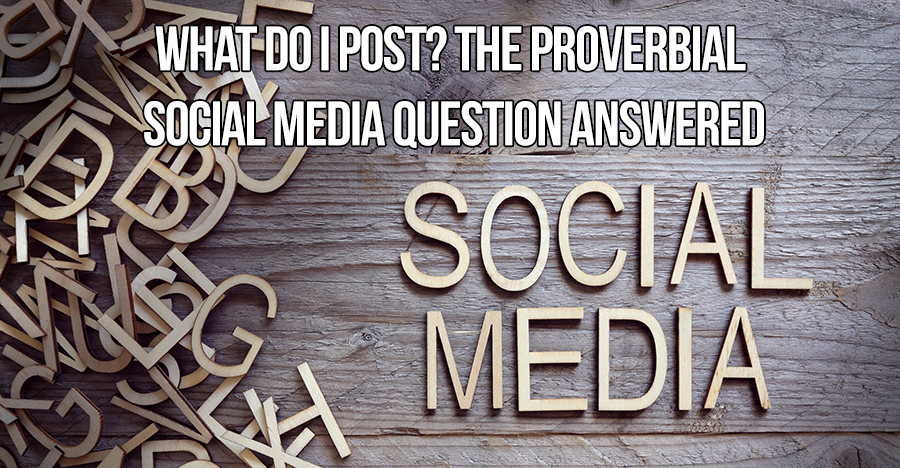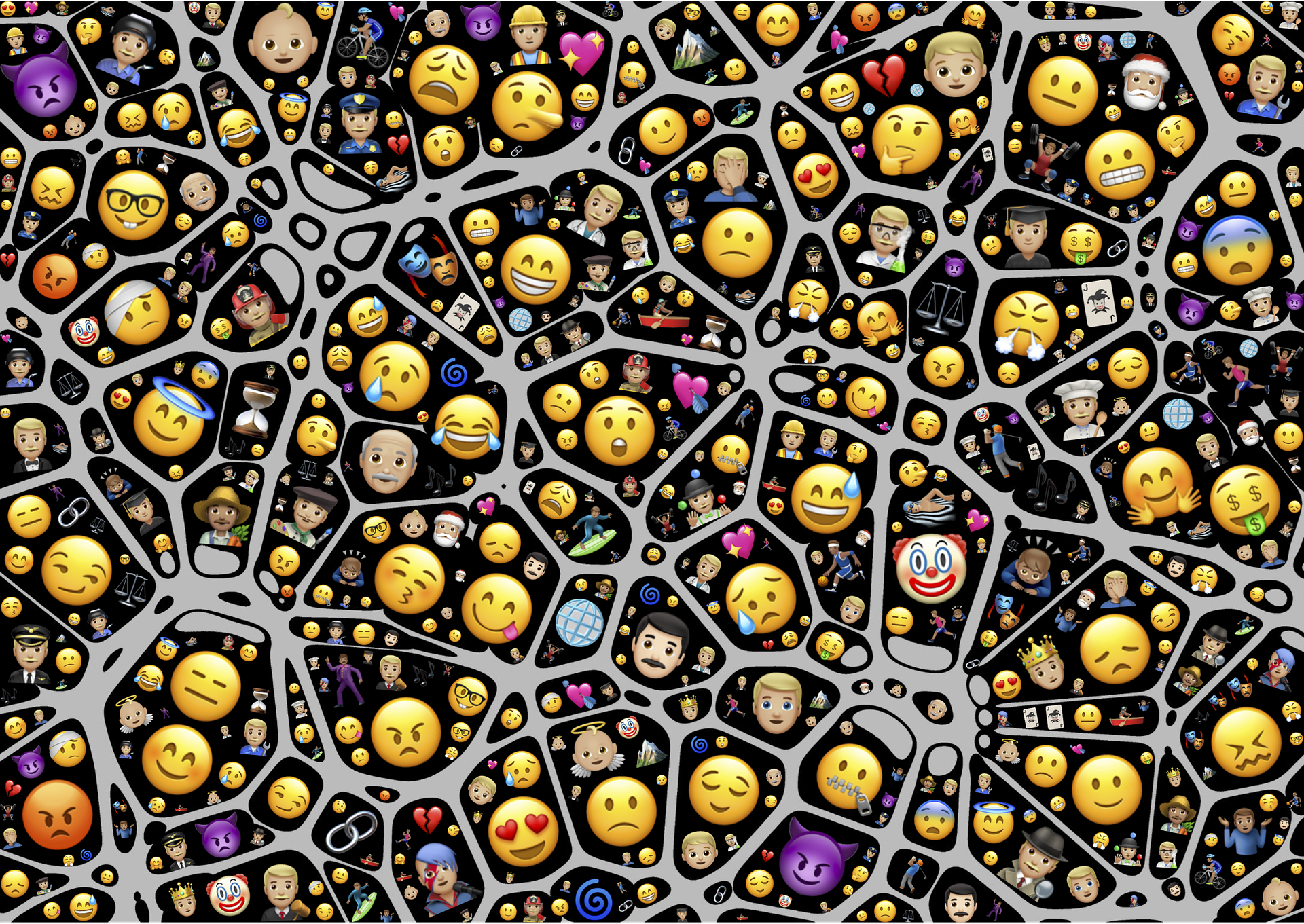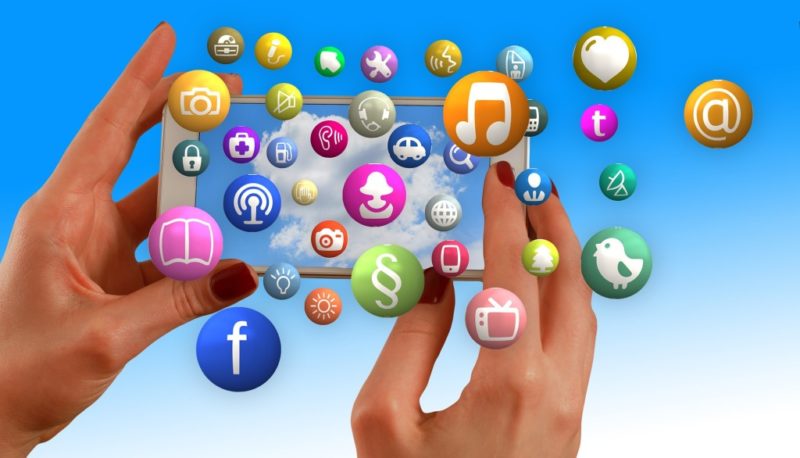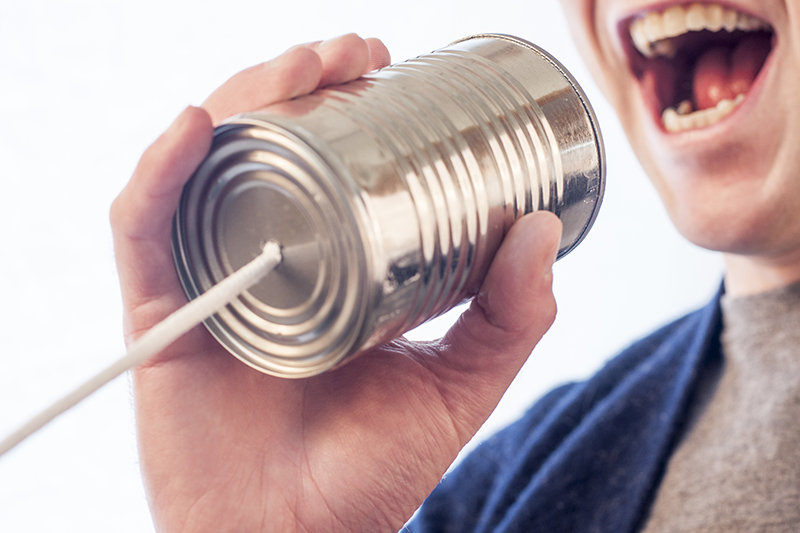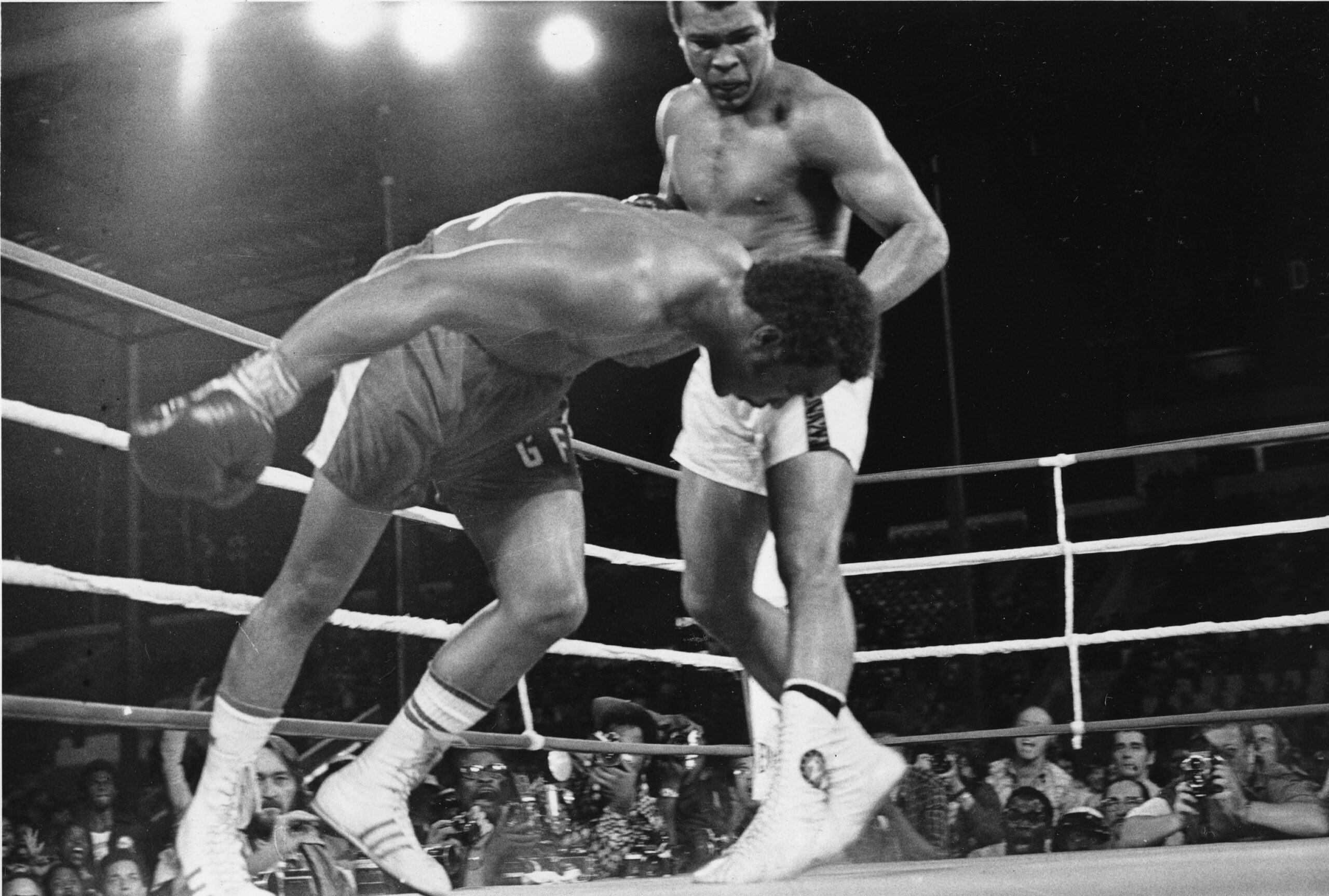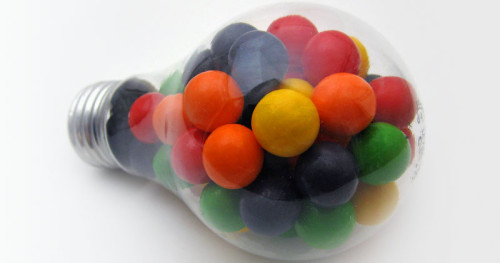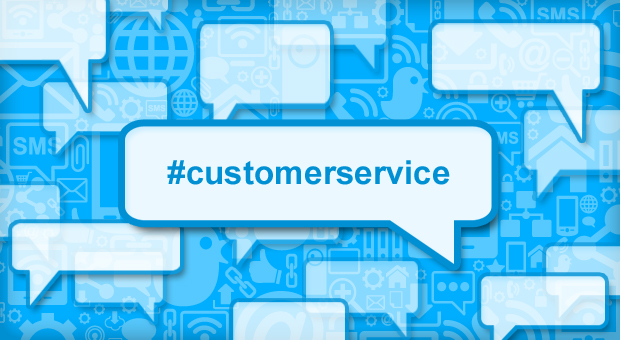
Social Customer Service, Branding and that Awkward Dream in Your Underwear
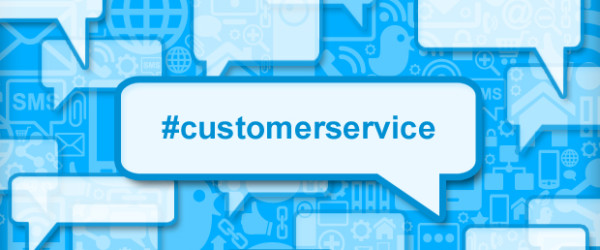 We live in a time where social media has fostered an entirely new level of transparency. Many have embraced it and figured out how to make it work in their favors, while far too many still don’t understand the potential – the possibilities of harnessing social customer service as a branding asset, and the potential disaster of trying to close one’s eyes and pretend it’s not there. Remember that dream in which you’re standing in a very familiar place in your underwear as everyone’s looking? Yes, we’re there.
We live in a time where social media has fostered an entirely new level of transparency. Many have embraced it and figured out how to make it work in their favors, while far too many still don’t understand the potential – the possibilities of harnessing social customer service as a branding asset, and the potential disaster of trying to close one’s eyes and pretend it’s not there. Remember that dream in which you’re standing in a very familiar place in your underwear as everyone’s looking? Yes, we’re there.
Social media is a huge part of that transparency, but it doesn’t end there. First and foremost, social media represents your brand, whether you want it to or not. For those who embrace this era and strut that underwear like they were walking the runway at Fashion Week, social media is the best customer service platform that ever existed. They understand that people will communicate with brands socially, and they’ll be there ready and waiting (because they’ve implemented real-time marketing). They know that not every post will be a positive one, but they’ve taken the steps to leverage the potential of even the worst reviews, complaints and comments. They know that a customer’s bad experience is an opportunity to make it right not only with one person, but to show off how well they can handle making it right and making sure they’re seen doing so.
As Jay Baer said in an interview about social customer service, “Answer every customer, in every channel, every time… A lack of response is a response – it’s a response that says we don’t care what you think.”[1]
Everyone in the northeast knows they’ve “Gottahava Wawa.” It’s true; Wawa has been at the forefront of tri-state convenience since the 1960s, and today they rank highest in terms of customer loyalty. So how does Wawa handle social? Like a boss. I had a bad experience at my local Wawa this past May, wherein the cashier tried to refuse a coupon and told me to take my business to 7-11 the next time I wanted to use one. It was the ultimate slap in the face for me as a loyal Wawa customer, but more importantly, it’s business suicide to knowingly send your customer(s) to the competition. I contacted corporate through both the survey on the receipt and through social media; first, Wawa was so well-integrated that they already knew my corporate communication on social and vice versa. Impressive. What was even more impressive was the $10 gift card I received in the mail for my inconvenience and the very sincere apology that came with it. They not only won back my loyalty immediately, they impressed me enough to write about it.
I shop at Ulta online for makeup, and recently Ulta won my loyalty for life – or until they change their exemplary level of customer service. Summer in New Jersey is hot and humid, so it’s no shocker that a lipstick arrived out of its tube and squished against the cap in the packaging. I contacted Ulta on Facebook, and before the messaging back and forth was even finished, there was an email in my inbox that showed a new order was already placed, at no cost, and a new lipstick was already on the way. I had acted prematurely, however, and when I looked further through the shipment I found that the other lipstick of the same brand was in the same condition as the first – it went rogue, came out of its tubed and was pressed against the cap. As quickly as I messaged them back through Facebook, another email awaited me showing the first order cancelled and a new order placed for two new replacement lipsticks already on their way to me. I’m admittedly cheap about my makeup – they weren’t more than $6 each, but the service I experienced was priceless… and memorable enough to win a place in a blog about social media, branding and customer service.
The point: how you handle correspondence on social media today is one of your strongest branding tools. Someone recently told me “Your branding is what you promise your customer; your brand is what you actually deliver.” It can, and will, make or break your business.
I was also recently acquainted with a new company at a photographic conference. I’ll refrain from stating their name outright, but suffice it to say they raised enough money through a Kickstarter program to launch their new products which promise the customer “breakthrough photography” results. My husband and I bought one of those products at the conference; we had intended to buy more, but a crowd swarmed the aisle and we were pushed out of the way. With aching feet and tired minds, we decided to just reach out to them after the conference… the CEO had, after all, given us his business card. A day or two after the conference we visited the company website and were greeted with a live chat. By “greeted” I mean condescended to, patronized and insulted. We explained honestly and politely what happened at the conference, and that we planned to use the product to do a video review accompanied by a writeup – something that any good marketer would see as the goldmine of user-generated content, especially coming from a photographic studio and a marketing agency. We’d need another one of the products in order to do a proper video/photo review along with a writeup, but after a polite 15 minutes of live chat, the man on the other end of the screen said he hadn’t heard of us before. No biggie there – it’s a saturated market on both sides, and we had never heard of this “breakthrough photography” products before either. He asked what our business(es) were, we answered, and after a few minutes only got a reply of “that must be fun… but I’ve never heard of you before.”
I’m not egotistically-driven about whether or not someone knows who I am, but to reply as if I’m playing dress-up like a child could be offensive to any professional, and that’s how I felt. I explained that my business is not for fun, and that as much as I love what I do, it’s not the juvenile hobby he was making it out to be. He went on the offensive, suddenly switched his tone to aggressive, and told us that he was the only contact we’d have for these products that deliver “breakthrough photography” and that we should stick with Tiffen’s products – their biggest, most established competition in the market space they’re trying so hard to break through… and with that one fatal statement, not only would he not get the user-generated content that could have been used as social proof, a customer testimonial that could have gone viral among the photographic community and brought countless sales, the only review he earned was in my hall of shame for branding. Don’t ever, ever willingly send someone to your competition, especially if you don’t know who they are. Your unfamiliarity doesn’t mean the people you’re dealing with are of no consequence, it only means you have no idea about what could have been free marketing gold for a new line of products promising “breakthrough photography”
The moral of this story is that the digital revolution has stripped us all of our facades, and we’re all naked, with nothing but real-time marketing and customer service acumen to cover ourselves. Please the right customer (and you’ll never know which is the “right” customer) and you could earn their loyalty for life, and better yet public exposure of how well you handled their customer experience. Let a bad attitude take over your better judgement and you’ll not only destroy any chance of loyalty, your product will find a home on a shelf, collecting dust, when it could have been the star of a free public promotion that was spread to a very significant segment of your target market.
It’s been said that there is no such thing as “social media”, that the phrase is now only a descriptor for the current state of the internet. It’s true. Whether it’s a live chat on a website, a Facebook page or a dialogue of tweets, the internet itself has become completely social. You have to be your best self 24/7 or you may face the most severe consequences because of one slip-up. I get it; maybe you weren’t in the best of moods, having to work a live chat on a Sunday, but the opportunity you destroyed in one fleeting quip could have been worth thousands in referral revenue. On the flipside, the $10 gift card (which is probably valued at far less from a cost standpoint) and a postage stamp could win you the exposure to elevate your brand to hundreds or thousands of customers. Wawa, Ulta, I love you both. But we will stick with Tiffen when we want to create “breakthrough photography”; when it comes to social customer service as a commodity, being at zero is better than being in the red.
To hear the Podcast Click Here.
[1] https://blogs.oracle.com/socialspotlight/entry/hug_your_haters_a_conversation

